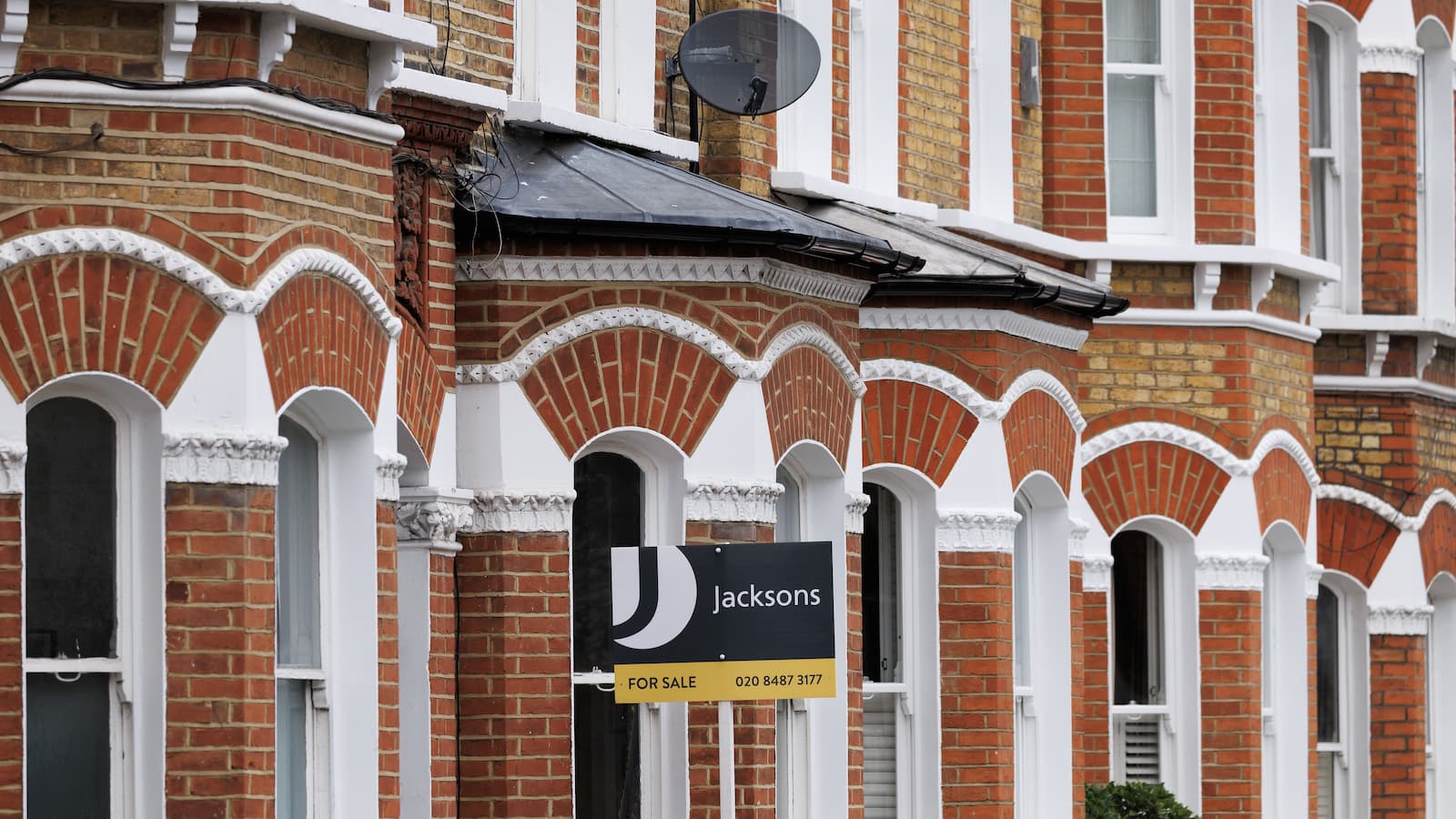What the Autumn Statement could mean for house prices?
With the Autumn Statement approaching experts weigh in on whether fiscal policy could trigger a house prices fall or reshape the property market

House prices have remained largely stable in 2025, with the average property now valued at £271,995 and annual growth at 2.2%.
However, regional disparities are stark, with Northern Ireland seeing strong growth while the Outer South East barely rises.
With the Autumn Statement 2025 approaching, experts warn that government policy could tip the balance for those looking to sell or buy a house across the country.
House prices steady but uneven
House prices have shown steady growth in 2025, with the average property now valued at £271,995, up 2.2% year-on-year.
Yet the stability masks stark regional differences: Northern Ireland continues to outperform with 9.6% annual growth, while the Outer South East lags behind at just 0.3%.
Robert Gardner, Nationwide’s Chief Economist, commented on the broader market trend: “The broad stability in the annual rate of house price growth over the past three months mirrors that of activity. The number of mortgages approved for house purchase has been hovering at around 65,000 cases per month, close to the pre-pandemic average.”
As the Autumn Statement 2025 approaches, these disparities highlight which areas may be most sensitive to government policy, creating uncertainty for both buyers and sellers.
Bring your dream home to life with expert advice, how to guides and design inspiration. Sign up for our newsletter and get two free tickets to a Homebuilding & Renovating Show near you.
Fiscal uncertainty and potential policy shifts
Market watchers are considering how upcoming fiscal measures could impact UK house prices. Rumours of property tax or stamp duty changes have already influenced buyer behavior, particularly in southern England and commuter belts.
Jonathan Hopper, CEO of Garrington Property Finders, explained: “The slowdown is sharpest in the commuter belt around London, where the annual pace of growth dropped from 2.6% in the second quarter to just 0.3% over the past three months. The problem here is that the number of sellers far outstrips the number of serious buyers.”
The Autumn Statement could either reinforce stagnation or trigger selective price corrections depending on the measures announced.
Will house prices crash?
Despite slower growth in southern England, the UK market is not signaling a nationwide crash. Northern regions, Scotland, and Wales continue to see steady growth, suggesting that any house prices fall is likely regional rather than nationwide.
Guy Gittins, CEO of Foxtons, highlighted the resilience of the market: “UK house prices have continued to edge higher on both a monthly and annual basis, further demonstrating the resilience and consistency of the market. The outlook for the remainder of the year remains positive, despite some uncertainty surrounding the upcoming budget.”
First-time buyers and lower-price segments may benefit from softer prices or interest rate reductions, while wealthier movers may delay transactions until fiscal policies are clarified.
What buyers and sellers need to know

For sellers in slower regions, pricing competitively and acting quickly could be essential to secure a sale before potential policy changes.
Buyers should monitor government announcements, as fiscal adjustments could create opportunities in undervalued areas.
Verona Frankish, CEO of Yopa, advised: “Whilst we’re not seeing fireworks in terms of house price performance, the overarching air of stability suggests that market activity remains robust. The window to move before Christmas is now open, but it won’t stay that way for long.”
With the Autumn Statement set to influence both buyer behavior and market momentum, the coming months will be critical for navigating the delicate balance between growth, stagnation, and localised house prices fall.
For even more advice, information and inspiration delivered straight to your door, subscribe to Homebuilding & Renovating magazine.
The answer right now is that house prices are softening rather than falling sharply. Nationwide’s data shows resilience across the market, but affordability pressures remain high, with mortgage payments consuming more than a third of take-home pay for many buyers.
Looking ahead, the housing market could hinge on two key factors: mortgage rates and stamp duty. If borrowing costs continue to ease as expected, buyer confidence is likely to improve, potentially supporting a gentle market recovery.
For those planning to buy, make sure you’re prepared by checking our house viewing checklist and reading our guide on building surveys and mortgage rate rises. Sellers can also stay informed with our 'How much is my house worth?', ensuring you achieve a fair price in the current market.

News Editor Joseph has previously written for Today’s Media and Chambers & Partners, focusing on news for conveyancers and industry professionals. Joseph has just started his own self build project, building his own home on his family’s farm with planning permission for a timber frame, three-bedroom house in a one-acre field. The foundation work has already begun and he hopes to have the home built in the next year. Prior to this he renovated his family's home as well as doing several DIY projects, including installing a shower, building sheds, and livestock fences and shelters for the farm’s animals. Outside of homebuilding, Joseph loves rugby and has written for Rugby World, the world’s largest rugby magazine.
